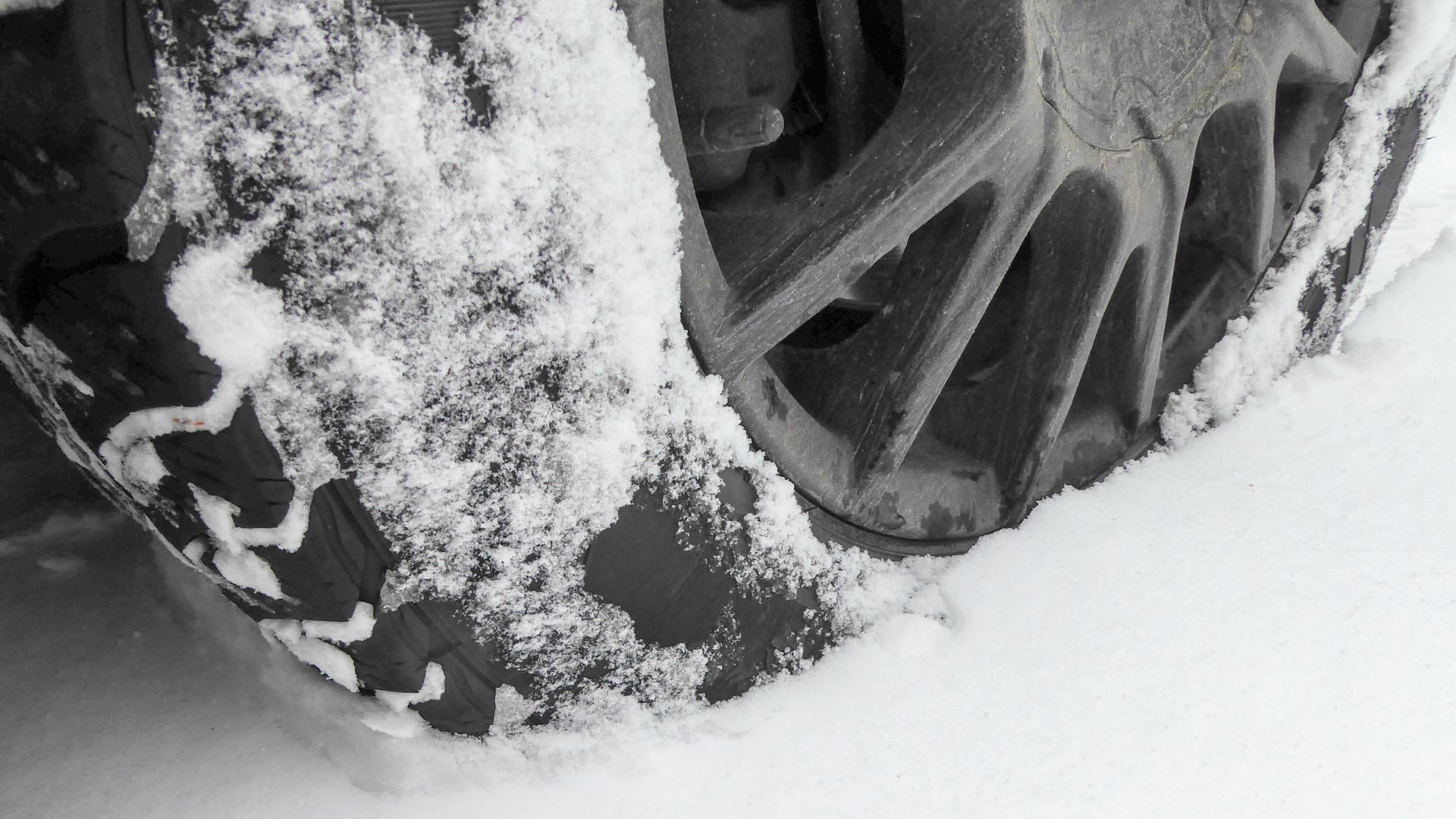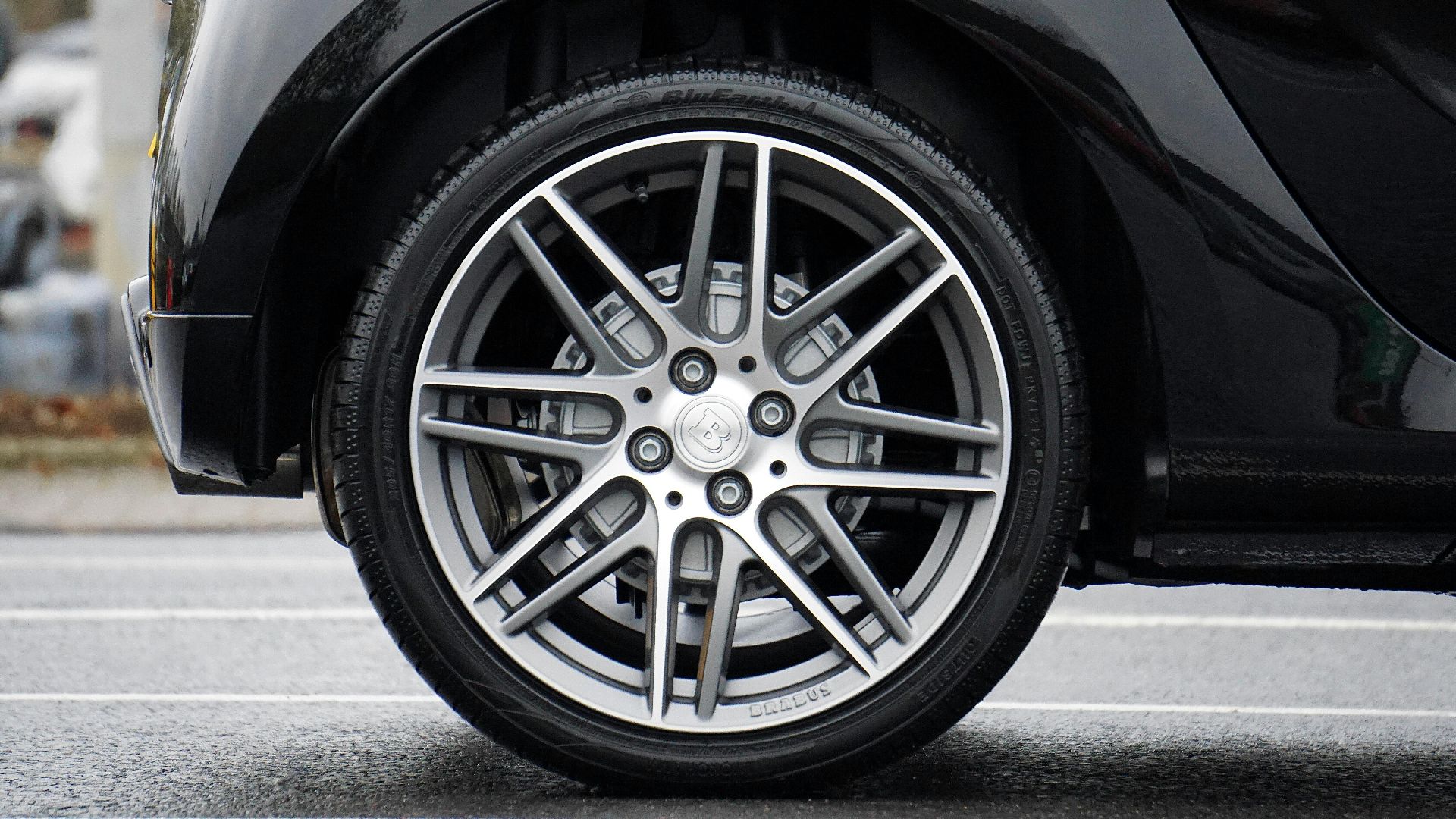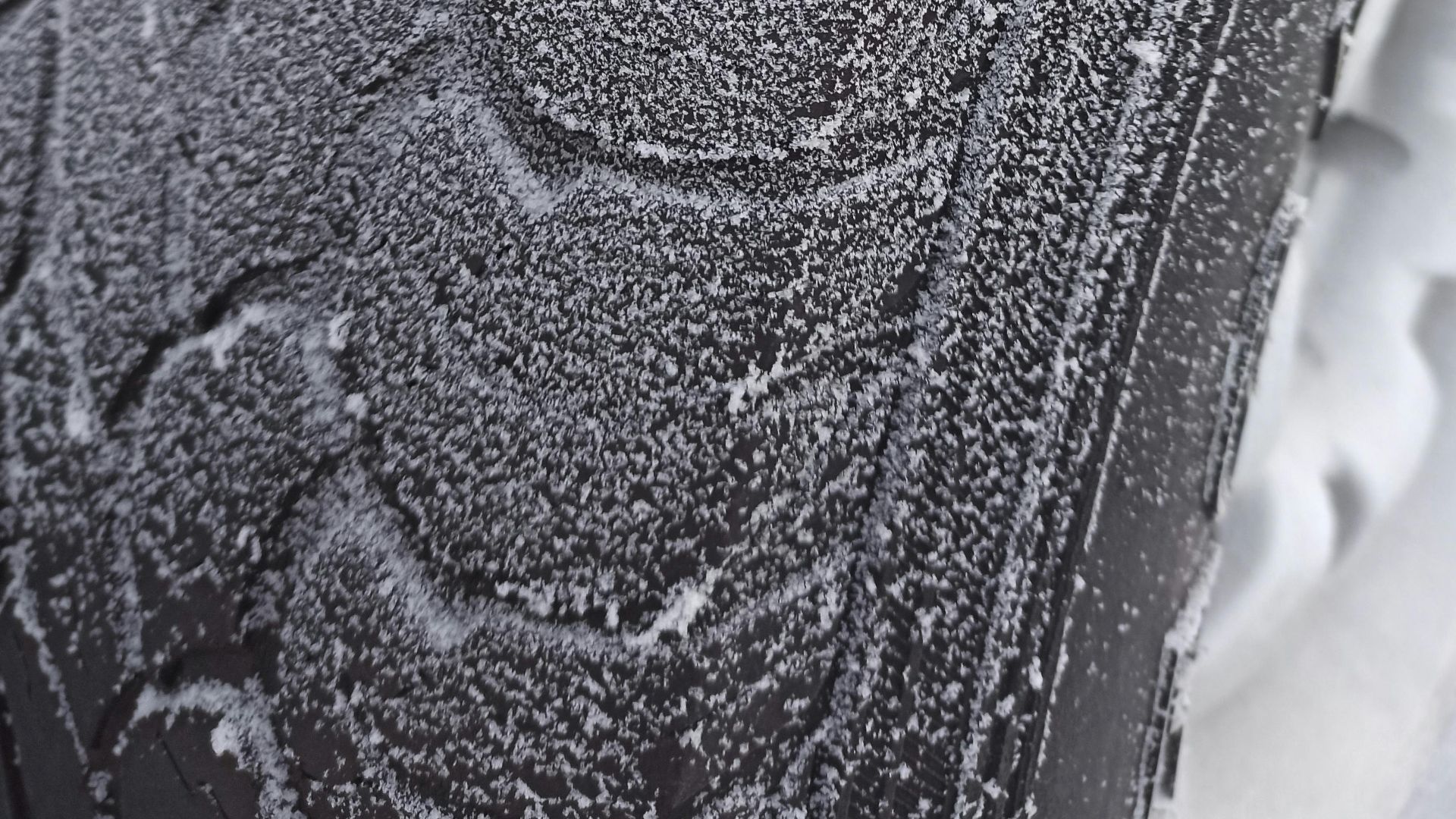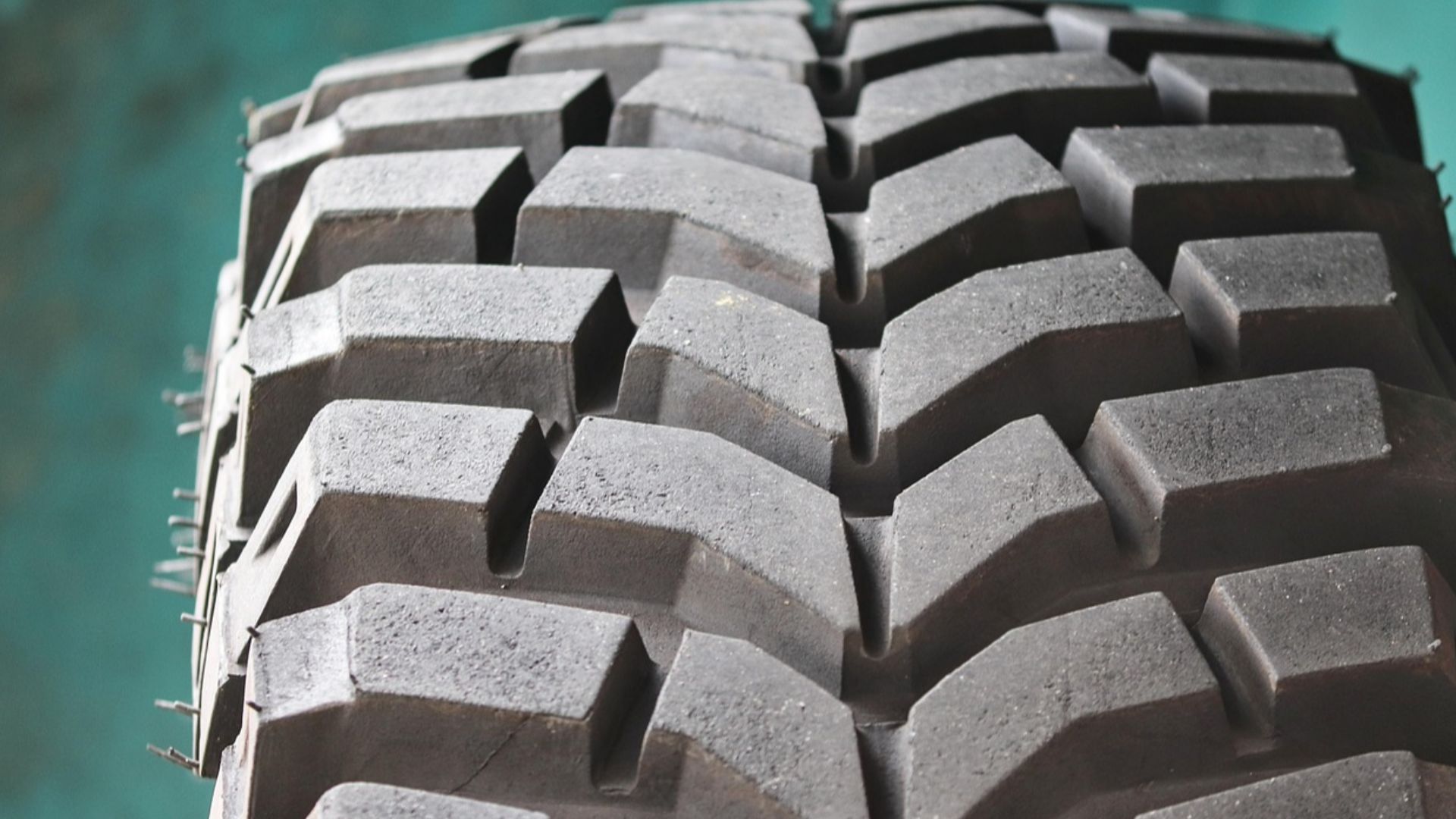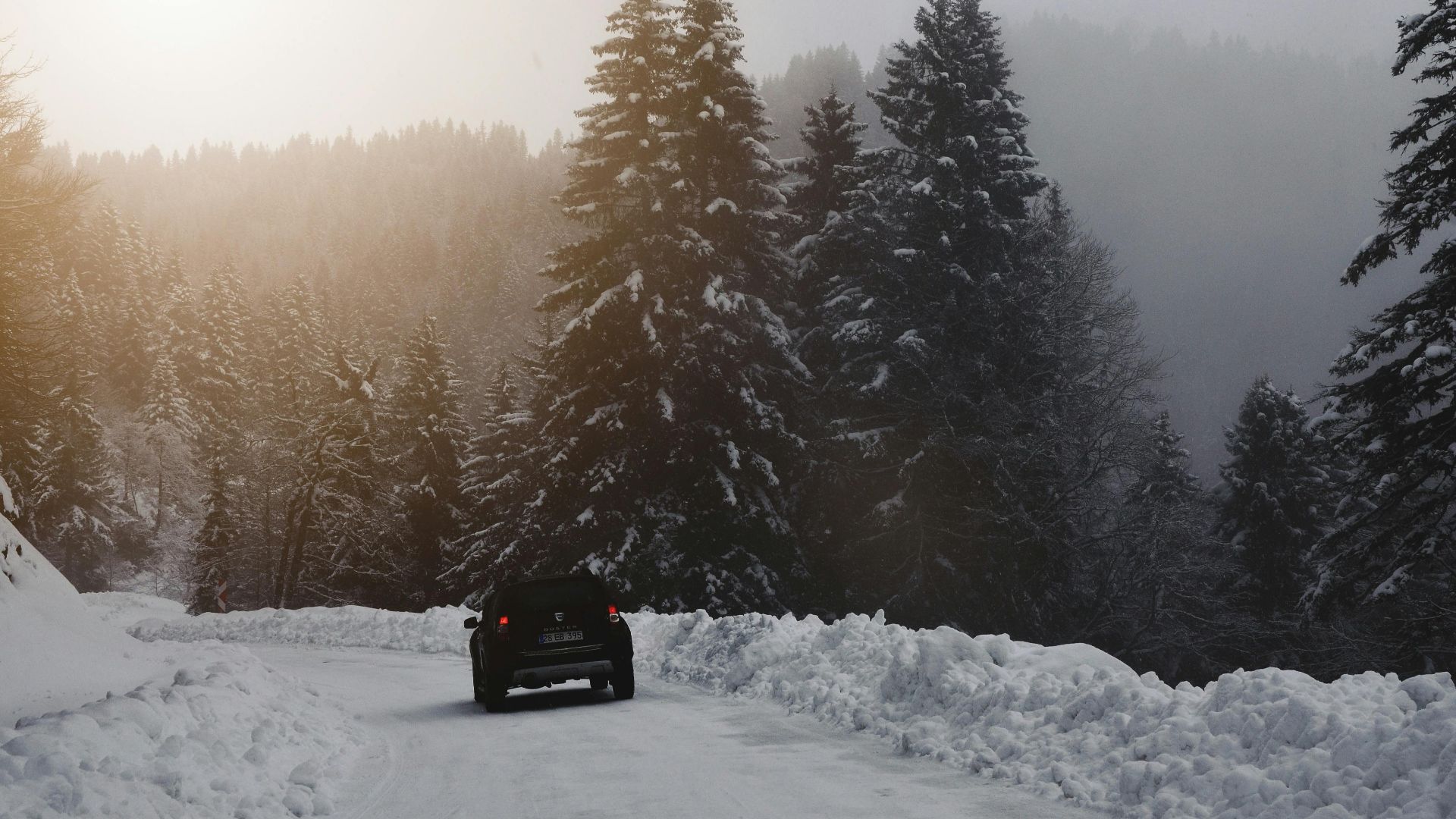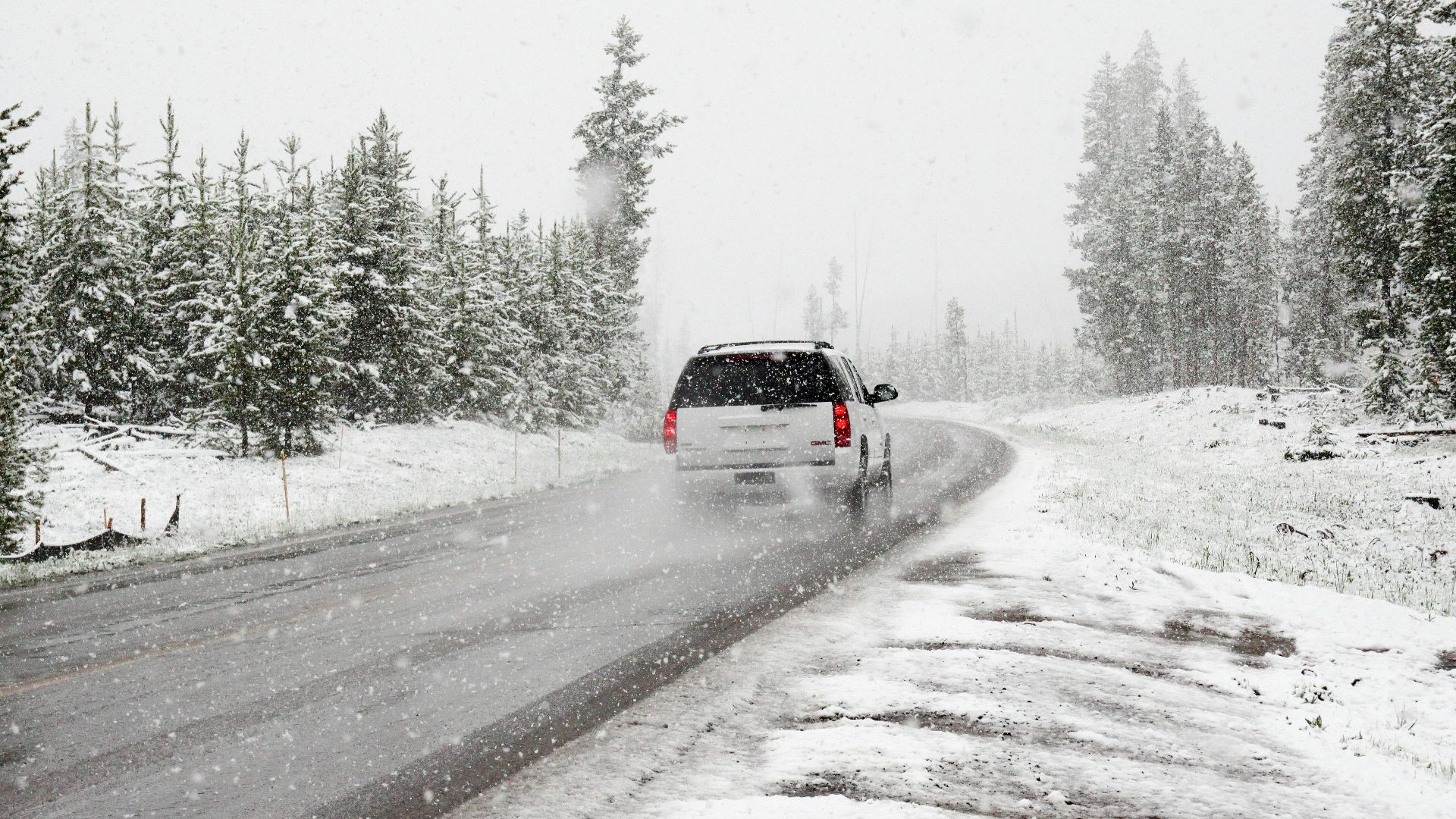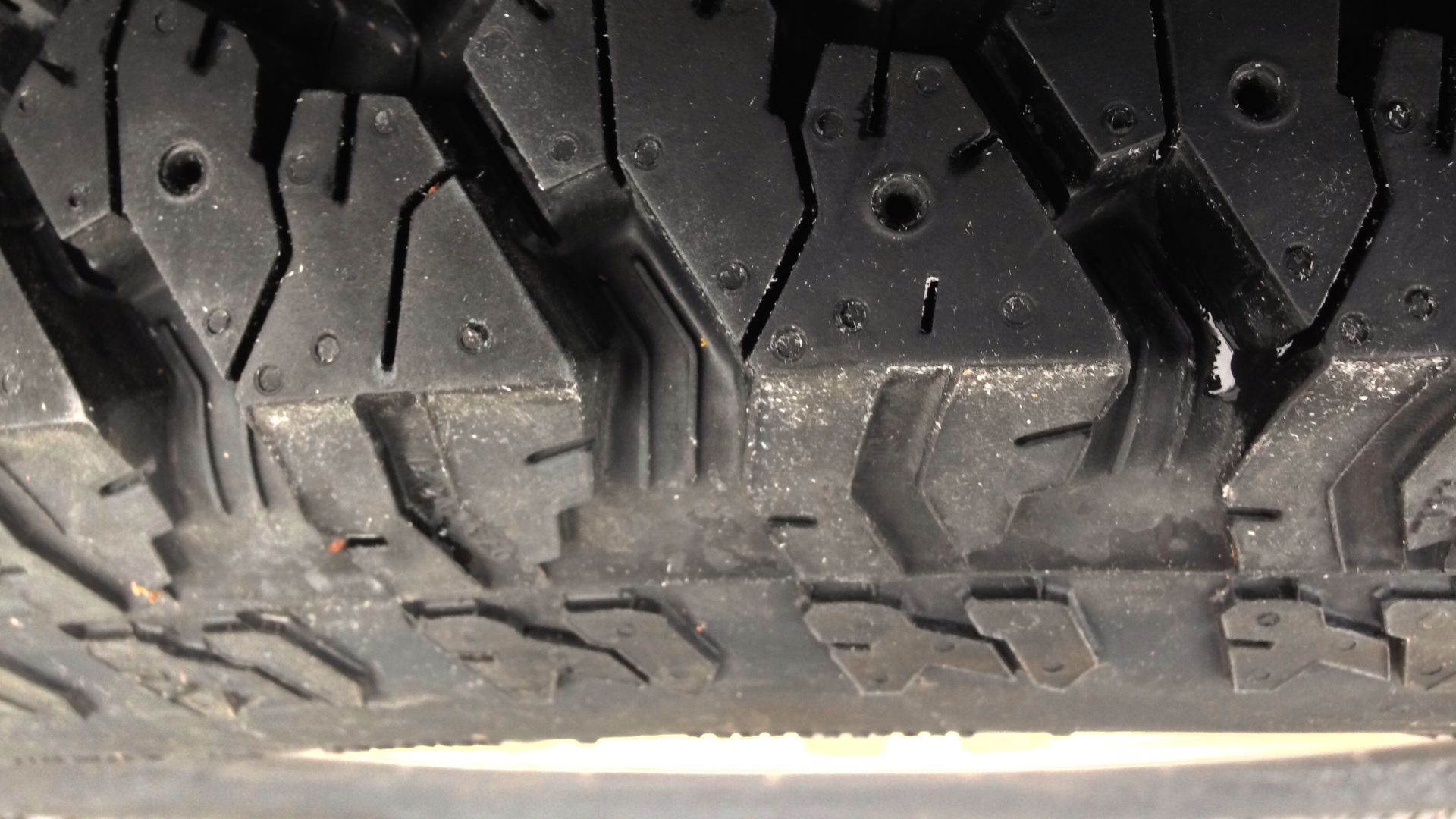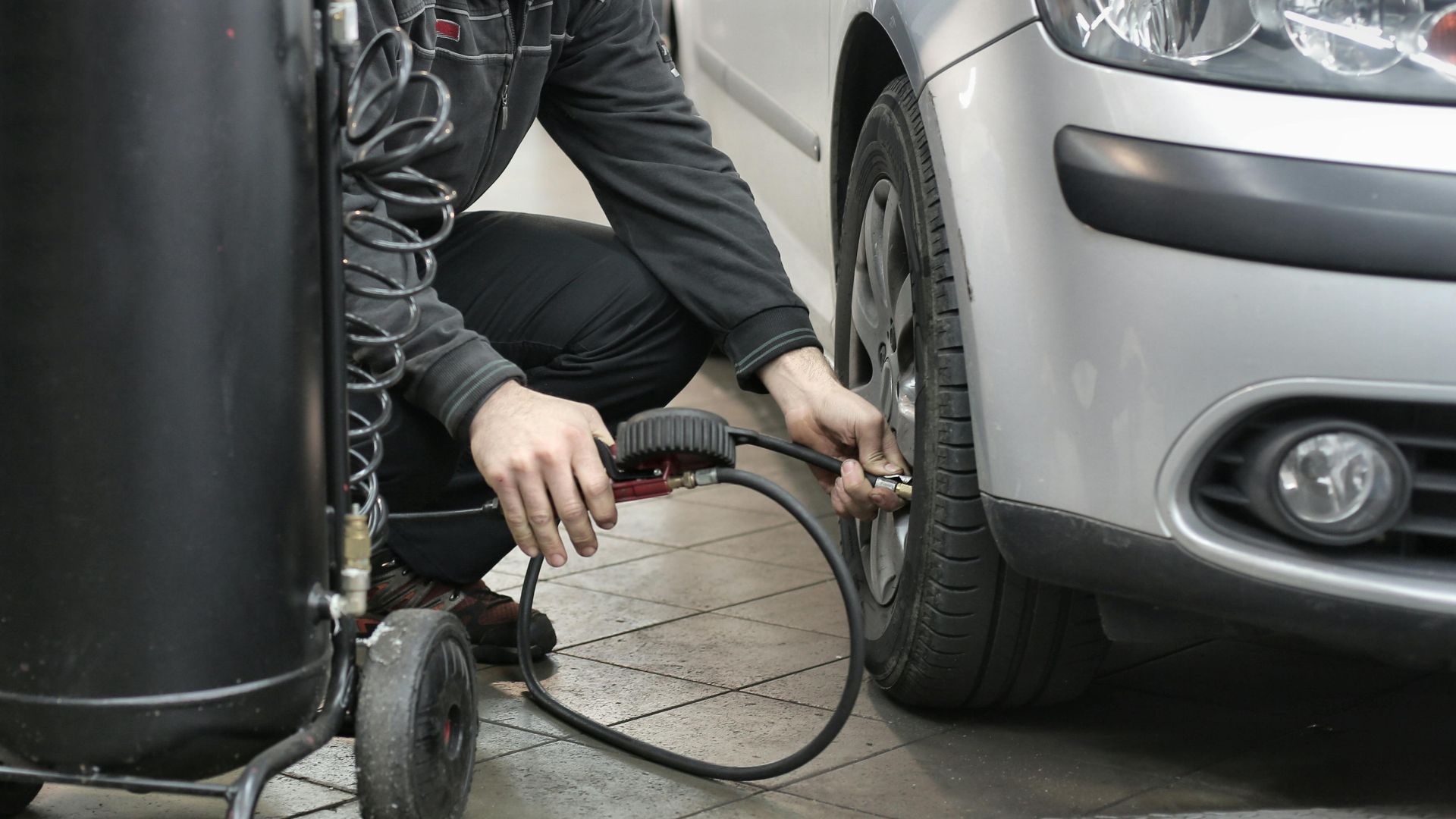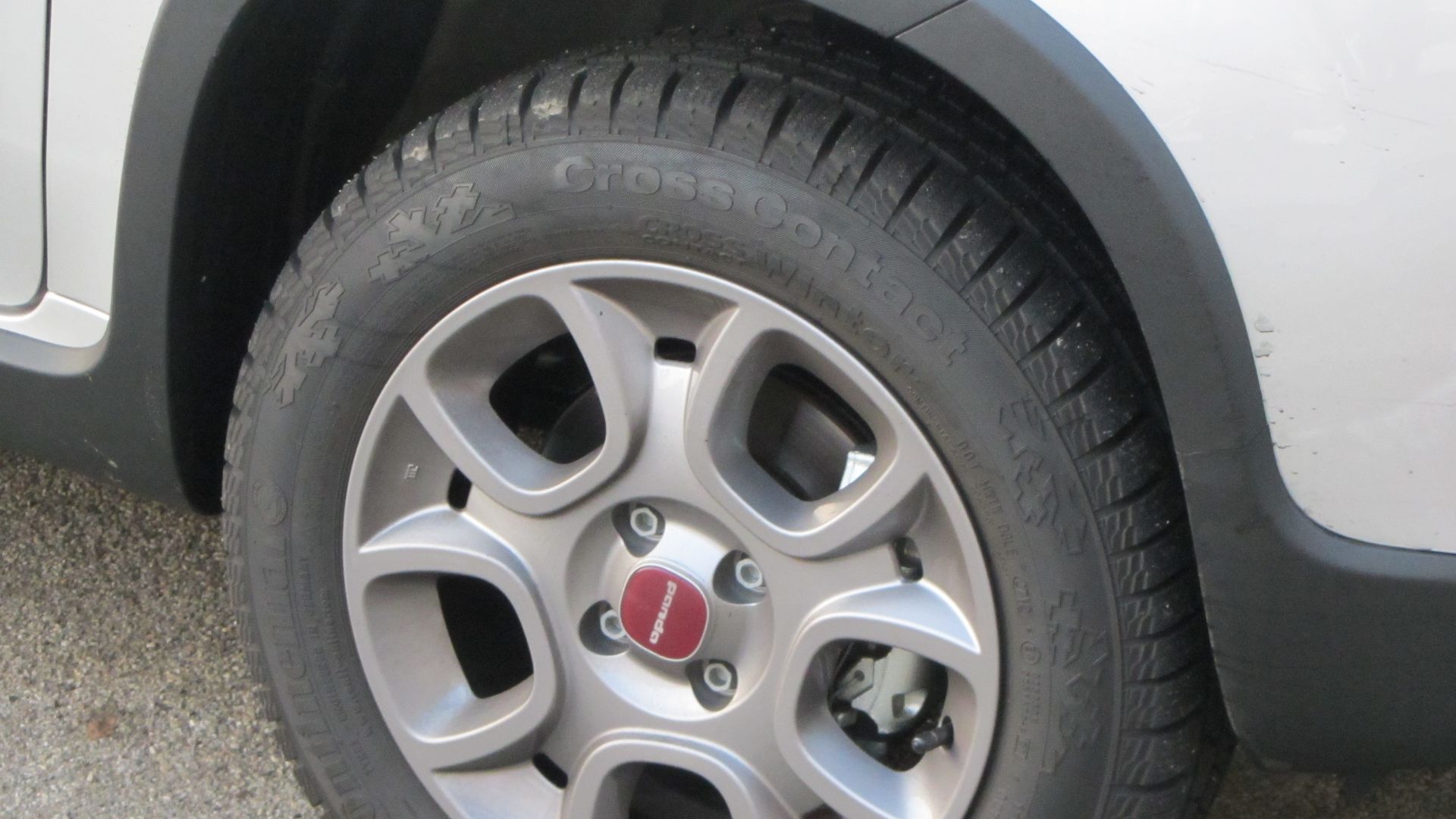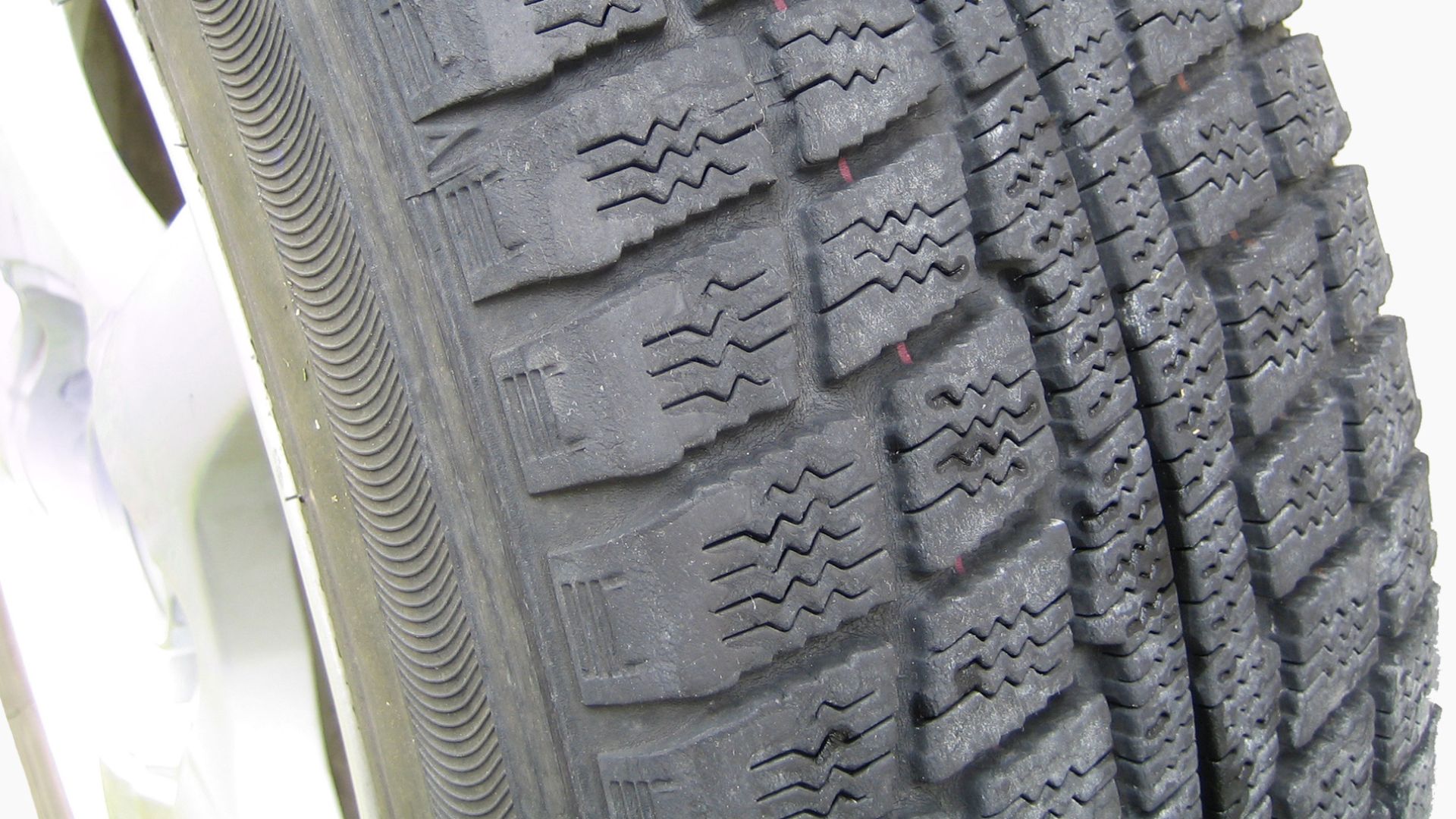Do You Even Need Winter Tires?
So, you’ve unpacked the snow shovel, bought a cozy new jacket, and found out your car heater only kind of works. Now the big question hits: “Do I actually need winter tires, or is that just an upsell myth from tire shops?” Spoiler alert: it’s not a myth—and we’re about to show you why.
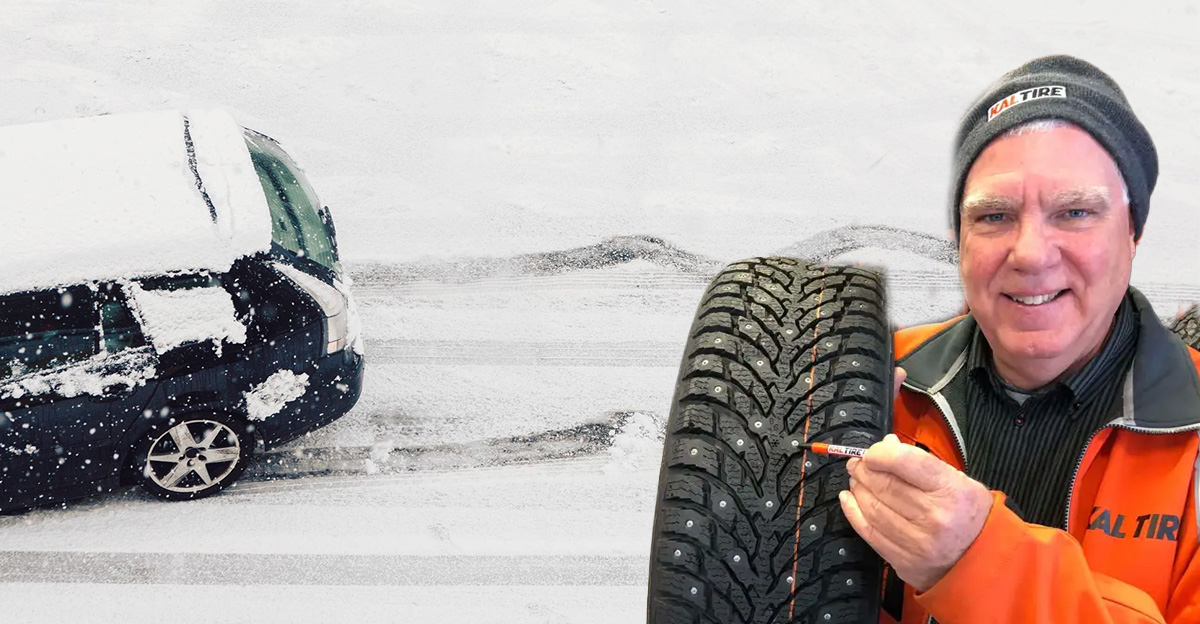
The Cold, Hard Truth
When temperatures drop below 45°F (7°C), all-season tires start to lose their grip—literally. The rubber gets stiffer, and your stopping distance increases. Winter tires, on the other hand, are engineered for these conditions. They’re not just for blizzards—they’re for the cold.
Not Just For Snow
Despite the name, “winter tires” aren’t just for snow. They’re for ice, slush, frost, and even those cold, dry mornings when your driveway looks clear but feels like glass. If your region experiences regular cold snaps, you’re in winter-tire territory.
Why Regular Tires Don’t Cut It
All-season tires are a compromise—they try to do everything moderately well, but nothing exceptionally. Their rubber blend hardens in the cold, reducing traction. That means you’ll slide sooner, stop later, and maybe add some “character” to your bumper.
The Science Of Grip
Winter tires use special rubber compounds that stay flexible in freezing temperatures. This flexibility lets them conform to road surfaces, creating micro-grip even on slick ice. It’s like the tire equivalent of wearing gloves that mold perfectly to your hands.
Those Deep, Biting Treads
Ever noticed how winter tires have deeper grooves and aggressive patterns? Those aren’t for show. They channel away slush and snow while the small cuts (called sipes) act like claws—biting into ice for stability and control.
All-Season Vs. Winter: A Quick Test
Imagine braking on an icy road at 30 mph. A car with winter tires might stop in 70 feet. The same car with all-season tires could take over 110 feet. That’s the difference between stopping before the intersection—or sliding into it.
What About AWD Or 4WD?
All-wheel drive helps you go in snow, but it doesn’t help you stop in it. AWD might get you up the hill, but without winter tires, it won’t stop you from sliding down the other side. Think of AWD as muscle, and winter tires as shoes with traction.
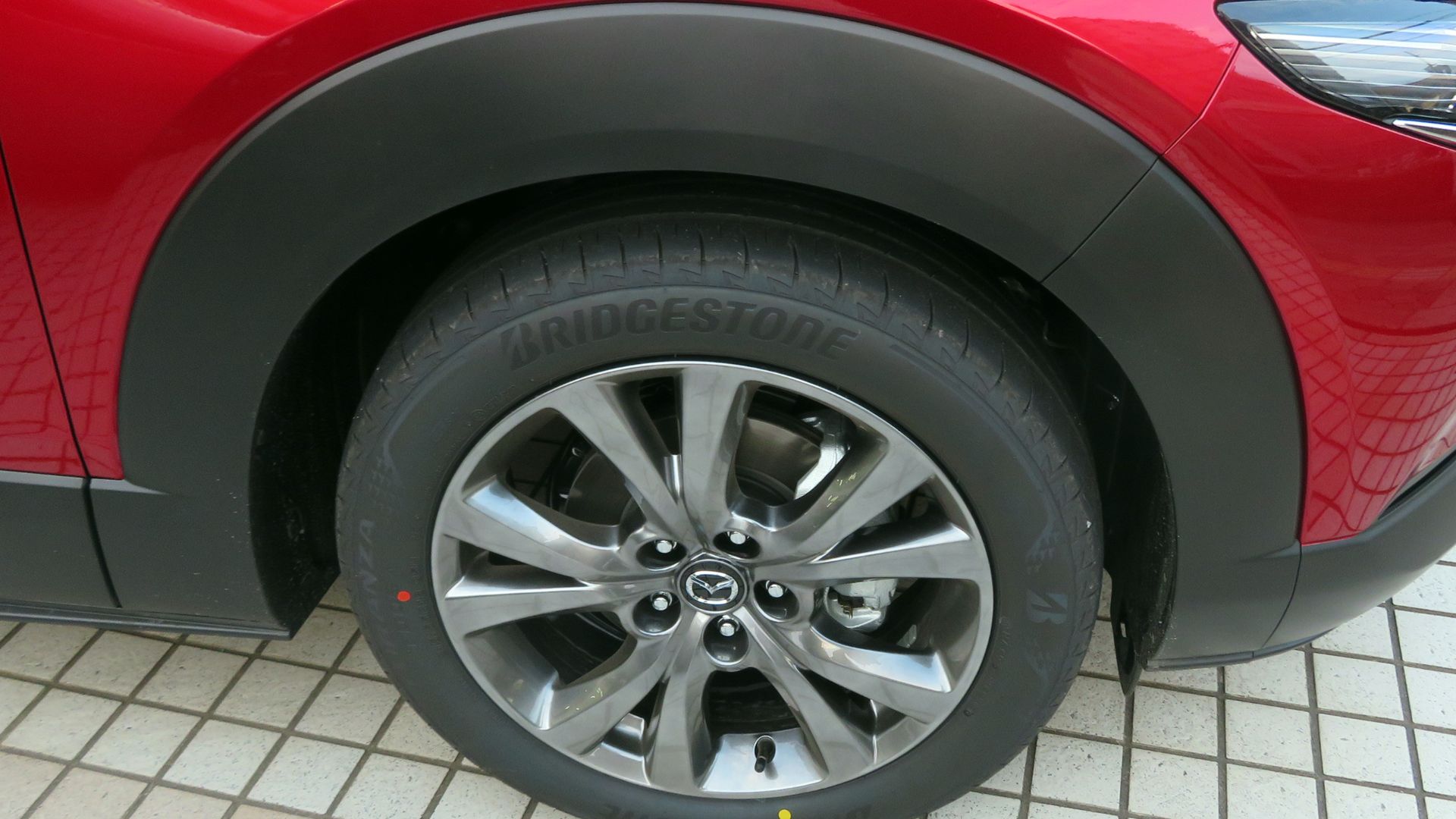 Tokumeigakarinoaoshima, Wikimedia Commons
Tokumeigakarinoaoshima, Wikimedia Commons
The 45°F Rule Of Thumb
Once daytime temps consistently hover below 45°F (7°C), it’s time to swap those tires. You don’t need a full-on snowstorm—just cold air that can harden standard rubber is enough reason.
When You Can Skip Them
If you live somewhere where winter means “a chilly breeze and maybe a sprinkle of frost,” you can likely skip winter tires. But if snow is a regular visitor and roads ice over more than a few days a year, it’s worth the investment.
How Long Do Winter Tires Last?
Typically, you can get 4–6 seasons out of a good set, depending on how often you drive and how well you store them. Rotate them every 5,000–8,000 miles and keep them in a cool, dry place when not in use.
The Money Talk
On average, winter tires cost between $100 and $250 per tire, depending on brand and size. For a typical sedan, expect to spend about $600–$1,000 for a full set. Pricier SUVs or trucks may run closer to $1,200–$1,600. But think of it as a seasonal insurance policy.
Why It’s Worth The Cost
If winter tires prevent just one fender bender—or a slide into a curb—they’ve likely paid for themselves. Plus, using winter tires preserves your all-season or summer set, extending their lifespan.
What To Look For In A Winter Tire
Look for the “Three-Peak Mountain Snowflake” symbol on the sidewall—it’s your guarantee that the tire meets official winter performance standards. Anything less is just pretending.
Studded vs. Studless: What’s The Deal?
Studded tires have metal pins embedded for extreme ice traction, but they’re noisy and can damage roads. Many states restrict or ban them. Studless tires use advanced rubber and siping to deliver nearly the same grip—without the downsides.
The Magic Of Siping
Those tiny zig-zag cuts in the tread? They create hundreds of biting edges that grip ice and snow. Think of them like a cat’s claws—tiny, flexible, and surprisingly powerful in slippery conditions.
Directional Treads—Why They Matter
Many winter tires have directional (V-shaped) tread patterns that funnel slush and water away. They need to be mounted correctly—so pay attention to those “rotation” arrows when installing.
Tire Pressure In The Cold
Air contracts in cold weather, meaning your tire pressure can drop several PSI overnight. Underinflated tires lose grip and wear faster. Check your pressure weekly during the winter months.
Don’t Mix & Match
Running winter tires on just the front or rear is a recipe for disaster. Always install them as a full set of four. Mixing types can throw off your car’s balance and handling, especially during braking.
How To Store Them
When the season ends, clean your winter tires, bag them up, and store them in a cool, dark place. Keep them off concrete floors and out of direct sunlight. Better yet, hang them or stack them with a protective barrier.
The Mounting Game
If you’re serious about convenience, get a second set of rims just for your winter tires. It makes seasonal swapping easier and can save money over time by reducing wear on the mounting beads.
Popular Winter Tire Brands
Drivers consistently rave about models like the Bridgestone Blizzak WS90, Michelin X-Ice Snow, Nokian Hakkapeliitta R5, and Continental VikingContact 7. Each offers excellent grip, longevity, and comfort for different budgets.
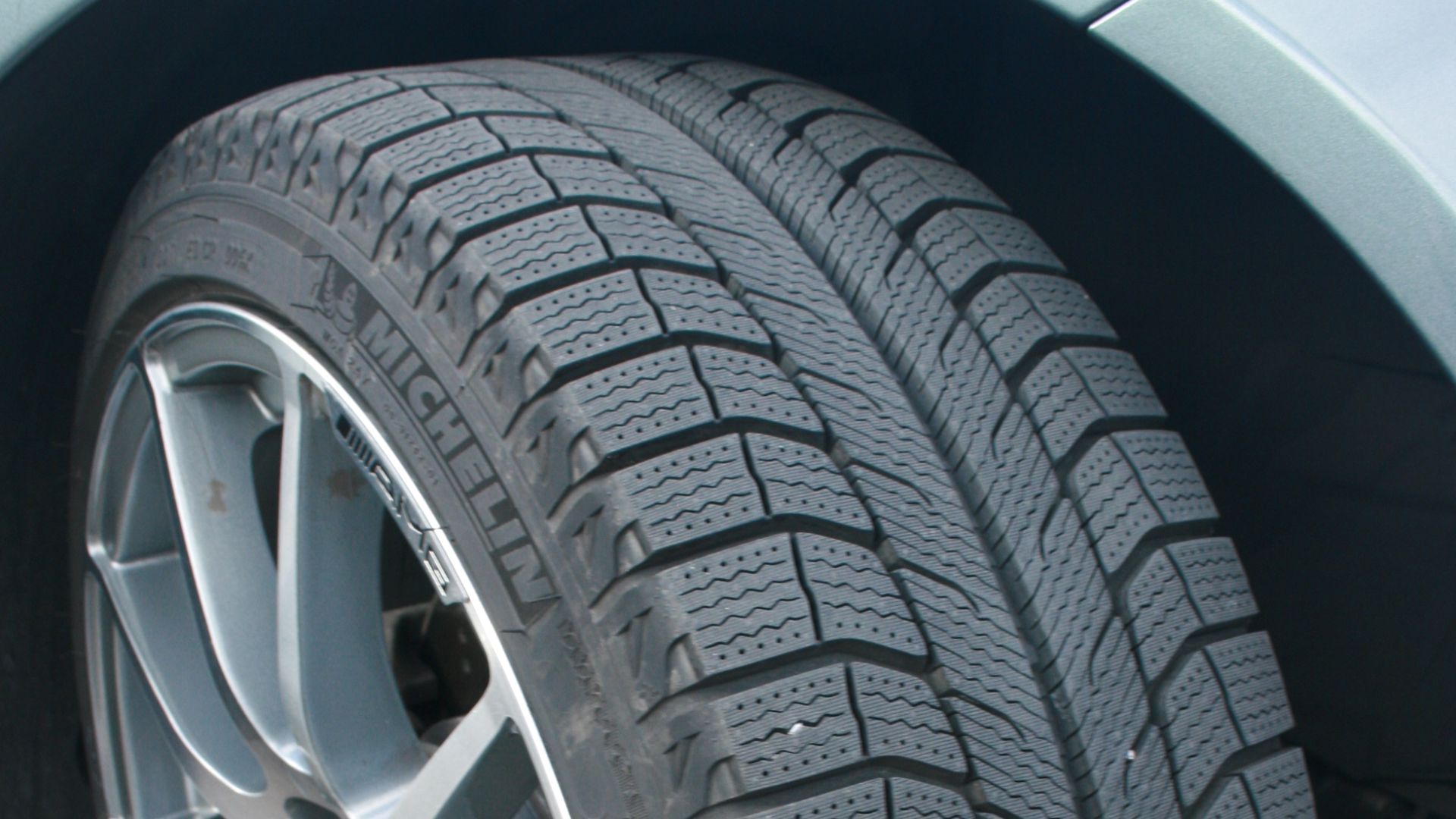 Supermac1961, Wikimedia Commons
Supermac1961, Wikimedia Commons
The Best Budget Options
On a budget? Brands like General Altimax Arctic 12 and Cooper Evolution Winter offer solid traction without breaking the bank. You’ll sacrifice a bit of tread life, but still get reliable cold-weather control.
What About Performance Cars?
Even sports cars benefit from winter tires. High-performance models like the Pirelli Winter Sottozero 3 or Michelin Pilot Alpin 5 let you enjoy spirited driving safely—even when it’s freezing out.
Real-World Results
Drivers who switch to winter tires often say the difference is night and day. You’ll notice better control, smoother stops, and more confidence turning corners in slushy intersections. It’s one of those “why didn’t I do this sooner?” upgrades.
Environmental and Safety Payoffs
Winter tires reduce accidents, meaning fewer vehicles in the repair shop and fewer parts heading to landfills. Plus, they help maintain traction in emergency situations—potentially saving lives.
The Bottom Line
No, winter tires aren’t a myth—they’re science on wheels. If your winters bring snow, ice, or freezing temps, they’re worth every penny. You’ll stop sooner, drive safer, and handle winter roads like a pro. Consider it the smartest cold-weather investment your car will ever make.


